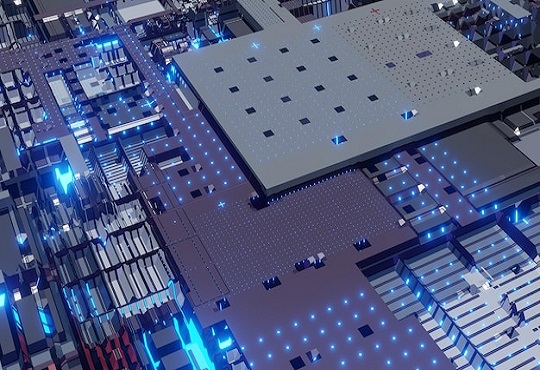Intel faces hurdles in next-gen PC chip manufacturing: Sources
CIOTech Outlook Team | Wednesday, 06 August 2025, 06:20 IST

- Intel’s 18A yields stuck at 10%, far from viable.
- May pivot to 14A if major client secured.
- Exec exits, job cuts as turnaround strategy begins.
Intel is facing serious manufacturing defects with its much-anticipated 18A node at the center of the Panther Lake laptop CPU rollout, according to insiders. The process involves new generation transistors with new delivery of power. The 18A node would see Intel return to the leadership in silicon development and it additionally supports a ramp-up into foundry services overall. Rate of yields remain extremely low; for example, the company went from a 5% yield last year, and an increase to 10% yield projected in mid-2025. An internal report stated the company needed to achieve a minimum of 70-80% yield to be profitable making the long-term outlook very unfavorable right now.
Panther Lake will go into volume production in late 2025 but the outlook for low function chip has raised serious concerns around the economics of manufacture. There are some generalizations about the yield numbers; according to insiders, Intel doesn't expect to be profitable until the yield exceeds 70%. If the 10% yield rate holds, then the early units may need to be sold at loss thus negating the economic viability of the process, the risk to foundry credibility, and thus the credibility of the entire company as Intel seeks to directly compete with the Taiwanese based TSMC for external contracts.
Also Read: Broadcom's Jericho4 Chip Boosts AI Data Center Connectivity
In addition to these issues going on, CEO Lip-Bu Tan is considering a switch to the more advanced 14A node, which would likely bring in major clients like Nvidia, Apple, or others. Meanwhile, Intel, is conducting a cost-and-capability analysis, with the board considering writing off the costs of 18A, and the billions spent on the factories, and altering planning for 14A. If Intel cannot secure a "hero customer" in 14A, and does not land a customer in the next 18 months, it would wipe out prospects for Intel to have any cutting-edge foundry business.
Intel continues to reshape its structure internally, including some senior layoffs, and also retirements at the executive level in both the foundry and R&D. The plan is to reduce costs and cut expenses to enforce re-alignment of strategy. Reportedly, Intel will cut approximately 15–20% of its workforce at the same time as it analyzes a container of capacity for global fab expansions. Remaining resolute, Intel believes that yields could generally improve at some time and David Zinsner-CFO has advised some progress that is demonstrating well measured.



.jpg)
